To understand Homozygous Familial Hypercholesterolemia (HoFH), it is important to understand first Familial Hypercholesterolaemia in general.
Familial Hypercholesterolaemia (FH) presents in two forms:



Familial Hypercholesterolaemia can be spelt in British English as hypercholesterolaemia (with an “ae”) versus hypercholesterolemia in American English. Regardless of the spelling, it is commonly referred to as FH in short, whereas the rare and severe form is referred to as HoFH.
HoFH is the rare and severe form of FH. It is estimated that HoFH affects 1 person in 300,000 people around the world[1]. HoFH happens when a child inherits two copies of an altered gene that causes FH, one copy from each parent. This is referred to as either compound heterozygous or homozygous FH (HoFH).
Individuals with HoFH typically have untreated LDL cholesterol levels ranging from ~400 mg/dL (~10 mmol/L) to ~1000 mg/dL (~26 mmol/L). So, it is roughly 4 to 10 times higher than the normal level.
If undiagnosed and untreated, HoFH can lead to cardiovascular complications, such as heart disease, including heart attacks and aortic valve disease, manifesting as early as childhood.
There are 3 different cholesterol measurements taken: Total Cholesterol, HDL cholesterol (considered the “good cholesterol”) and LDL Cholesterol (referred to as “bad cholesterol).
In addition, there are different units used to reflect levels of cholesterol.
Therefore, it is very important to know your numbers and units.
HoFH is a genetic condition which occurs when a child inherits a copy of a mutated (changed) gene from each parent. In other words, HoFH follows an autosomal dominant pattern of inheritance, and it occurs when a variant is present on both alleles (copies) of a given gene.
There is another rare form of FH, called compound heterozygous FH. It only occurs if a person inherits two different types of gene alterations, one from each parent. These alterations may be different alterations in the same gene, or alterations in two of the three different genes associated with FH.

If both parents have FH, the probability having FH (HeFH or HoFH) changes and there is:
There is also a one in four chance (25%) of not inheriting any of the non-FH causing genes, meaning not having any form of FH.


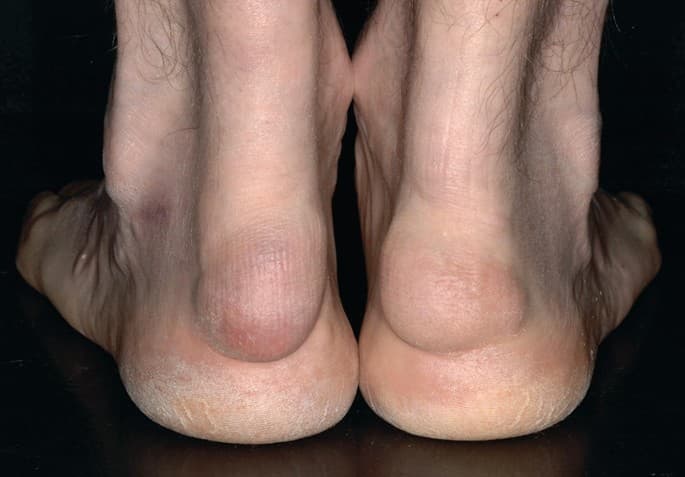

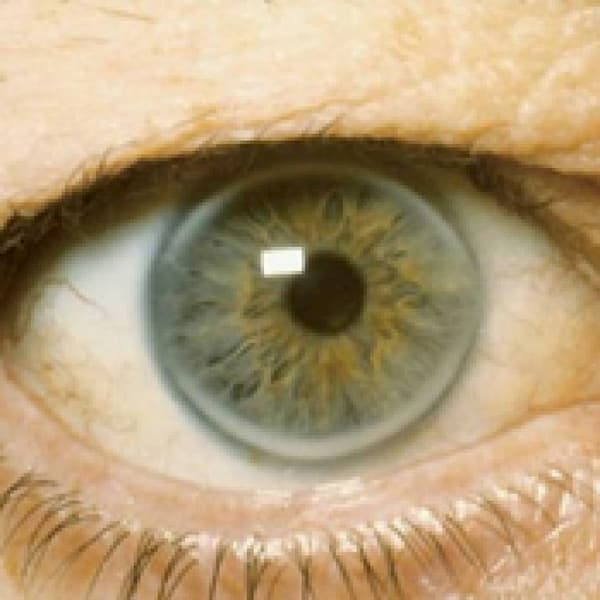
The diagnosis of HoFH involves a multifaceted approach, including a simple blood test, a physical exam, and family history assessments (high cholesterol, premature cardiovascular disease (CVD) like heart attack or stroke, or premature death).
In addition, genetic testing is recommended in the process of diagnosis HoFH. Results of the genetic test will help understand the underlying causes, predict the severity of the condition and personalize the management plan/treatment for the best outcomes for the patient.
Verify with your local patient support group and lipid specialist if genetic testing is available and reimbursed in your country.

It's crucial to recognize that HoFH is a significant and potentially life-threatening condition.
This disorder results in the early onset and progression of atherosclerosis, leading to premature heart disease, affecting both males and females, including children.
Therefore, upon receiving a diagnosis of HoFH for yourself or your child, one of the initial and urgent steps to undertake is to promptly seek specialized medical attention and to screen remaining relatives who might be unaware of the condition running in the family.
This section is coming soon ......
HoFH can be effectively managed. Treatment of HoFH aims to lower LDL cholesterol levels and reduce the risk of cardiovascular events and should begin as soon as possible regardless of age.
A great deal of progress in HoFH treatment has been made in recent years and multiple effective treatments for HoFH exist today.
Typically, a combination of treatments is necessary to reduce LDL cholesterol to recommended levels. Currently existing pharmacological options include:
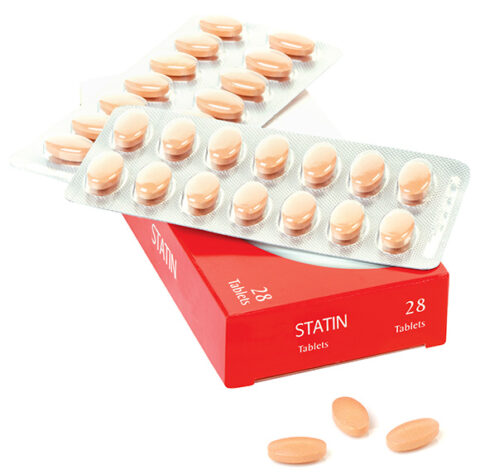

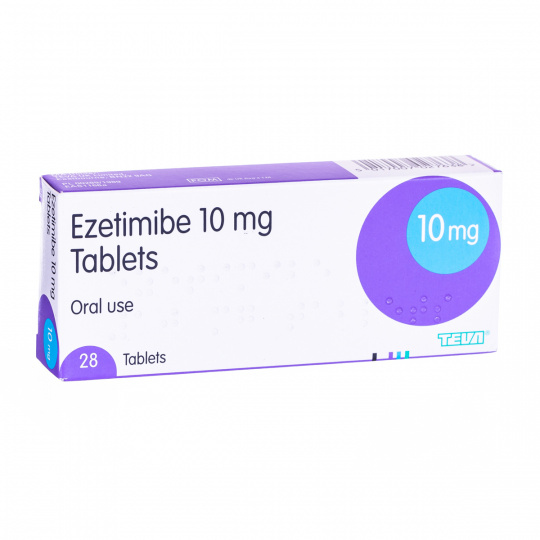

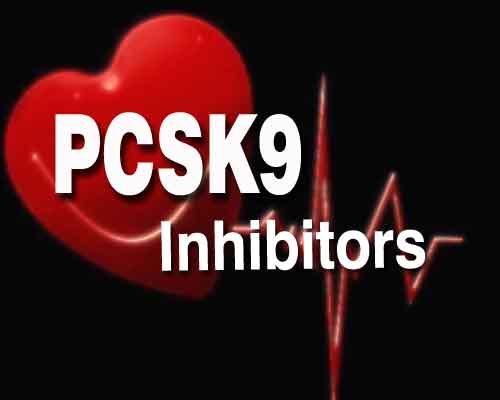
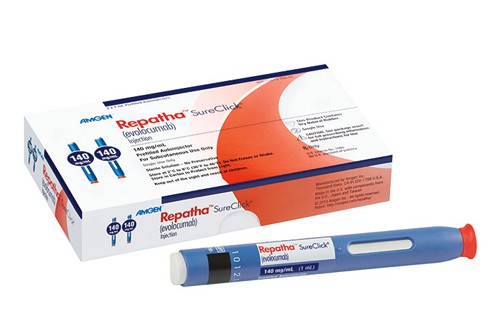
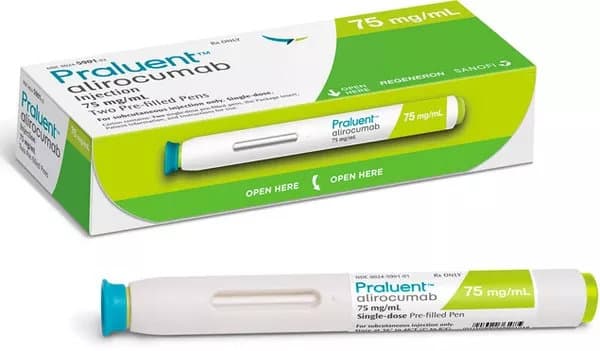
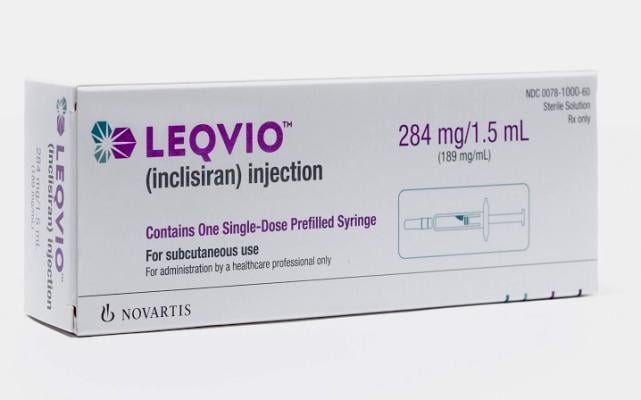
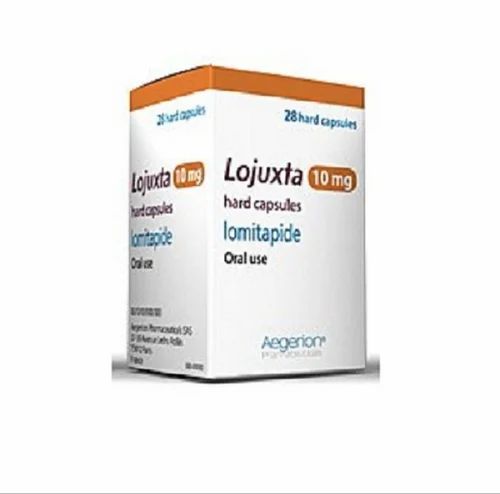
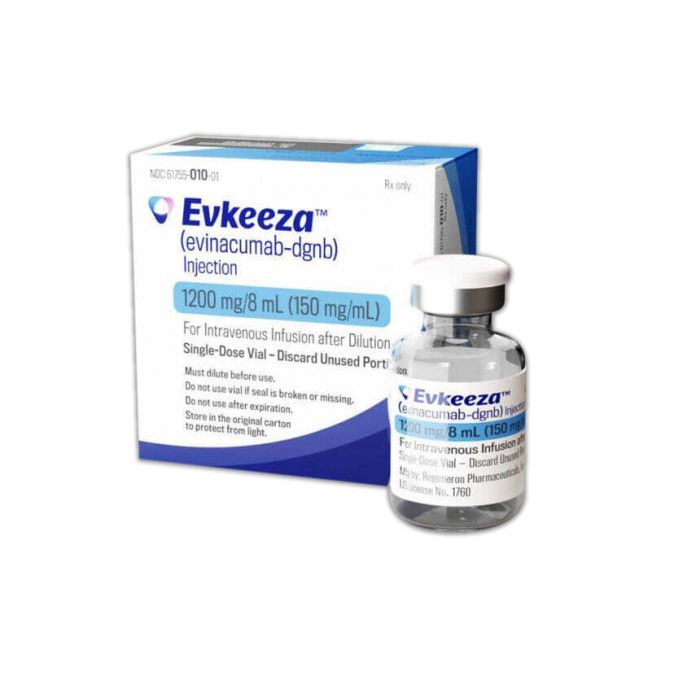

Despite the recent research and development progress, not all of the above options may be available/reimbursed in every country. Additional therapies are in clinical trials and development. Those also include novel gene therapies. For more specific information regarding treatment access in your country and or ongoing clinical trial, please contact your treating physician, your lipid specialist, your local patient support group.
A healthy lifestyle will not suffice if you have HoFH, but it is important to keep your overall physical and mental health in check. Also, a fat low diet is required to keep lower cholesterol levels alongside some of the treatments.
Living with Homozygous Familial Hypercholesterolemia (HoFH) can have significant effects on mental wellbeing.
Emotional Impact:
Social and Emotional Isolation:
Family and Relationships:
Coping Mechanisms:
Treatment and Hope:
Meet people from around the world affected with HoFH. The purpose of this video is to share real experiences of different people affected with the condition. Please note some people might find some of the stories very impactful.
Also watch our webinar - ‘Make it or Break it’ How you communicate about HoFH has an impact.



Become an ambassador and connect with other HoFH patients from around the world to exchange, learn, and support each other. FH Europe Foundation offers educational support to patients and caregivers who wish to become certified ambassadors to be actively involved in awareness raising and advocacy.
For more information contact elsie@fheurope.org
Visit https://findmylipidclinic.com to find a specialised lipid clinic close to you. And if you know of a clinic or a specialist, not listed on this website, do get in touch with the host to update it. This will improve the service and provide the much-needed help to other families affected with HoFH.
FH Europe Foundation partners with European Atherosclerosis Society FH Studies Collaboration, in short EAS FHSC, known as the global FH registry, to provide you with FindMyLipidClinic website.
FH Europe Foundation is an international network of patient organizations in over 30 countries supporting patients with Familial Hypercholesterolemia and other forms of inherited lipid conditions. Connect with your nearest patient group for more information and local support in your language. https://fhef.org/our-network/